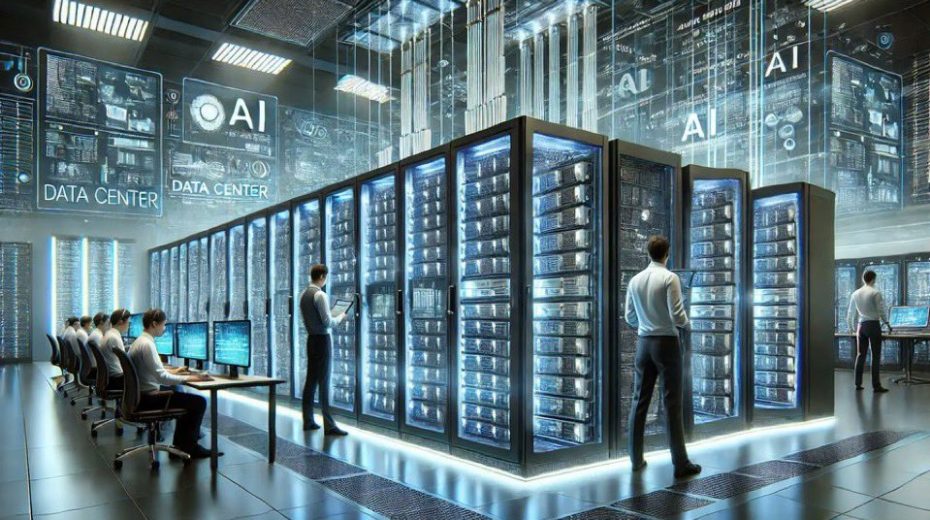
If a nation’s entire energy supply is dedicated to data centers, how can industries like steel mills or automobile factories operate?
It’s well-known that AI data centers demand a huge amount of power, which inevitably results in increased electricity costs for someone. Recently, Bloomberg highlighted this issue in an article titled “How AI Data Centers Are Sending Your Power Bill Soaring,” revealing that electricity expenses in regions near data centers have surged by 267% over five years.
The U.S. electric grid’s complexity and uneven distribution cause dramatic price disparities across states, making those with a heavy concentration of data centers bear the greatest burden. Virginia stands out with 39% of its power used by data centers, followed by Oregon at 33%, Iowa at 18%, Nevada and Utah each at 15%, and Nebraska at 14%. Bloomberg points to Hillsboro, a Portland suburb housing 15 major data centers, where soaring residential electricity costs triggered numerous shutoffs amid a harsh winter. This means residents in one of the wealthiest countries face freezing conditions due to the energy consumed by data centers.
However, this is not solely a data center issue but part of larger policy challenges. Things risk worsening further. Given the U.S.’s plutocratic nature, Republican legislator Roy Klopfenstein introduced legislation aimed at protecting data centers from power interruptions. If demand spikes in certain areas, blackouts might affect everyone. His proposal suggests a “voluntary” program where low-income households agree to have their heaters remotely adjusted to lower energy use in exchange for reduced bills. The bill explains: “For customers that participate in the program, the utility may take actions to reduce the customer’s load at peak times, such as increasing the temperature on the customer’s air conditioner, reducing the temperature on the customer’s hot water heater, or cycling other appliances.”
Two points stand out. First, only a few years back, remotely controlling others’ electrical devices was unthinkable. But the Internet of Things has made this commonplace—and vulnerable to hacking. As early as 2016, news surfaced that Smart TVs were secretly recording couples having sex, with footage ending up on pornography websites. Now, imagine the potential oversight and control inside homes with smart TVs, vacuums, air conditioning systems, Alexa, and other Internet-connected appliances. Ironically, while this connectedness increases power consumption, it will be wielded as a tool to restrict energy usage among the poor. Second, these “voluntary” measures tied to financial incentives are voluntary only in name: when energy costs become exorbitant (and they’re expected to rise with AI expansion), the poor will be practically coerced into joining. Only an anarcho-capitalist mindset denies that coercion can occur without physical force.
Beyond morality, national planning demands an elite aware of these issues. High electricity prices harm not just consumers but also entrepreneurs and manufacturers. If a country’s power is monopolized by data centers, how can sectors like steel production or car assembly function? What benefits do data centers provide the United States as a whole?
AI is arguably overrated globally. While it offers value to some, many ordinary users rely on it for trivial or even detrimental uses. Some treat AI as a therapist or confidant; tragically, one young man fitting this profile took his own life. AI also discourages people from practicing foreign languages and writing skills. Additionally, according to Elon Musk’s own statements, Grok is used extensively to create hentai, a form of Japanese pornography. How much power could be conserved if AI access were limited?
Nevertheless, Big Tech’s leaders are not foolish. AI thrives on data, and increased usage enriches marketers with detailed user insights. I have previously demonstrated here that Instagram was designed for a post-industrial economy reliant on digital marketing, envisioned well before its launch. AI will likely pursue a similar trajectory, raising questions about who entrepreneurs will target once the supply of online, depressed consumers diminishes—especially with declining Western fertility and life expectancy.
At the end of the day, these decisions come from the top. The White House under Donald Trump announced a $92 billion investment in AI energy projects, and the official site features acknowledgments from numerous business leaders thanking the president. This reveals that U.S. priorities stray far from serving its citizens’ well-being. Meanwhile, Brazil’s Lula administration is following suit, with Minister Fernando Haddad actively courting data centers via tax breaks to attract them to Brazil.






